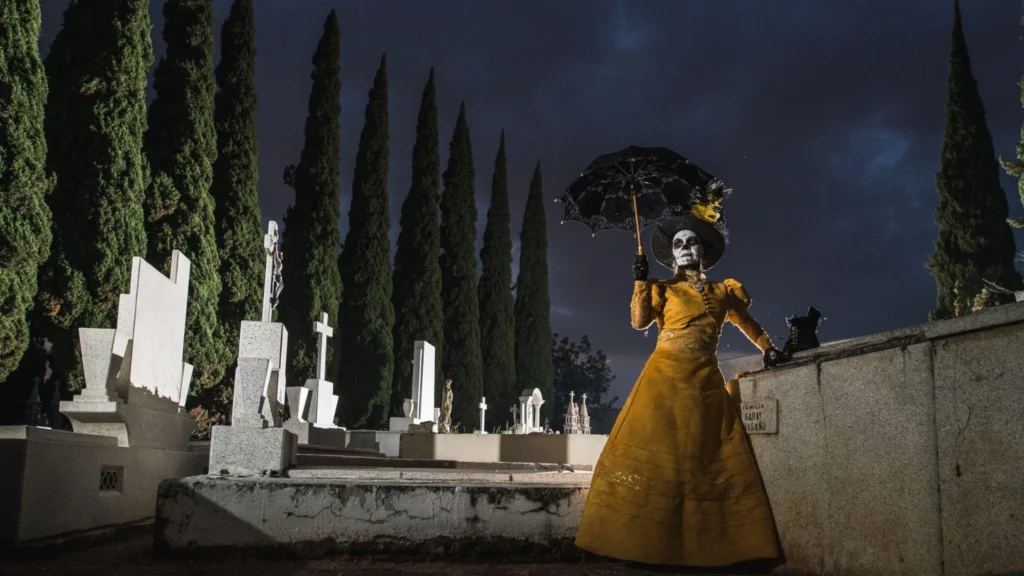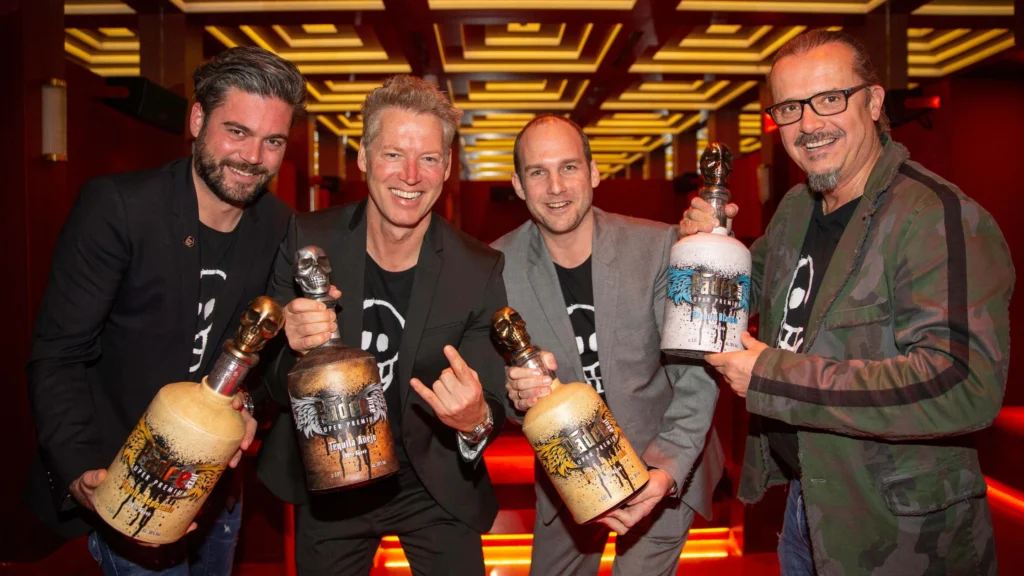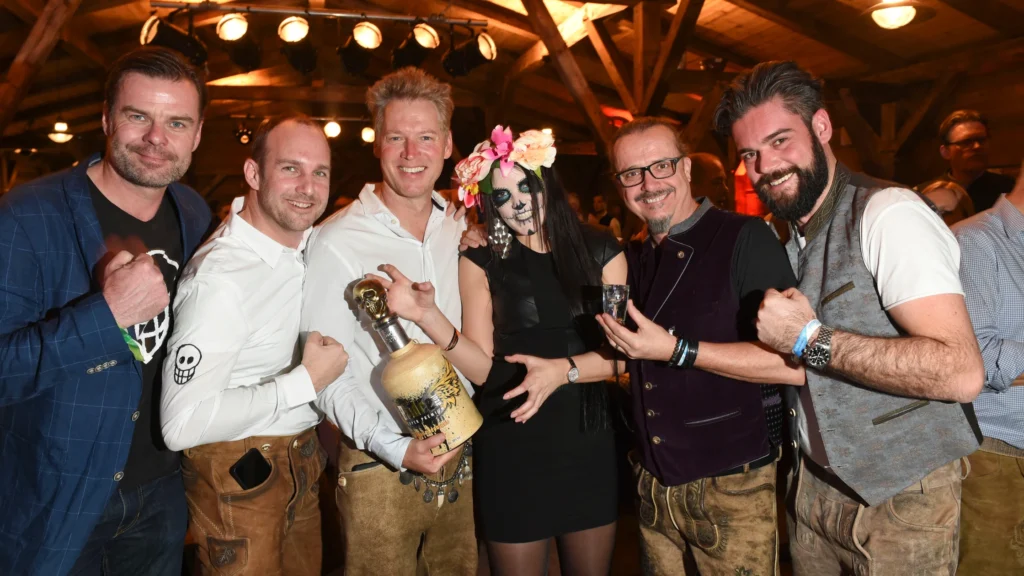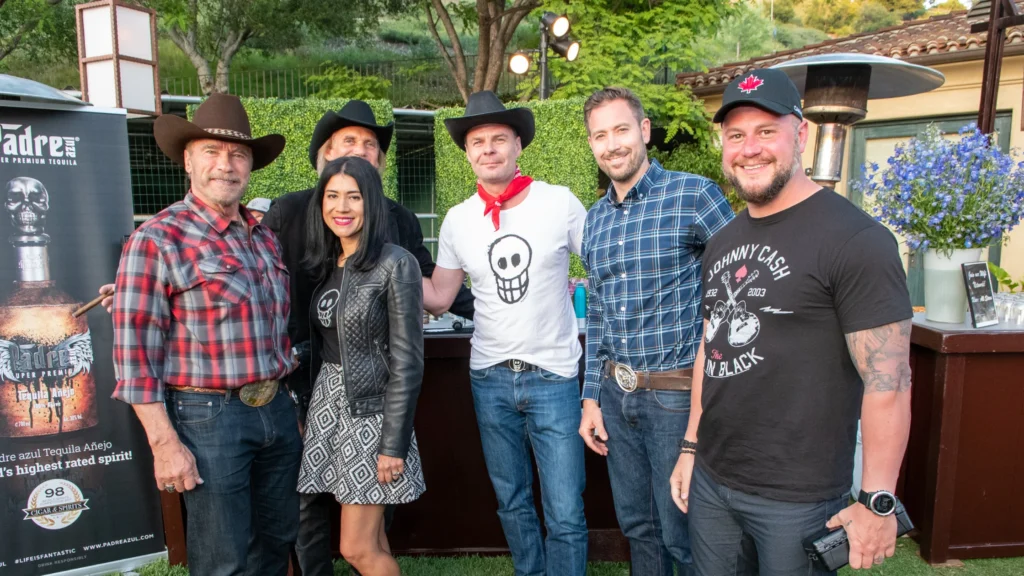Is Día de los Muertos the Mexican version of Halloween?
What, where and when is Día de los Muertos and is it the same as Halloween? And if not, how are Día de los Muertos and Halloween similar? Those are some questions we frequently hear, and that’s why we decided to come up with a clear answer to it. To make it short: Halloween and Día de los Muertos are not the same – even though their holidays are overlapping! Neither is it the Mexican version of Halloween. Let’s figure out the roots of Halloween first.
Halloween started…
The festivity originates from the Celts living in Ireland as they celebrated Samhain on October 31st. It’s one of their most important holidays and it marks the start of their new year and the cold season, but also, they thank their gods for their successful harvest. In addition, the Celts believed that on that day, the dead came to visit the living to choose those who should die in the upcoming year. To frighten those bad ghosts, people dressed up in scary costumes and haunted around during the night as well. Moreover, they put some treats in front of their houses to calm these ghosts.
The term “Halloween” emerged during the Christianization of the 9th century. The church celebrates All Saints’ Day on November 1st, so they called the evening prior All Hallow’s Eve, which further developed into Halloween as we know it nowadays. As Irish people migrated to the US in the 19th century, they brought their traditions with them and made them even bigger and more famous. Nowadays, it has the same importance as Carnival in other countries and is a highly appreciated occasion for parties rather than for commemorating traditional values.

What is Día de los Muertos?
Now let’s cast an eye at the origin of the Día de los Muertos, also called Day of the Dead, festivity in Mexico, which influences the whole country from October until November. Nonetheless, it’s only a three-day-long festivity whose roots reach back to the indigenous people like the Aztecs, Toltecs, and other tribes living in the area that is now Mexico. They believed that death was a natural part of life and that their deceased loved ones only wandered into another sphere of existence. As long as the living people remember their deceased ones, they are not dead. Hence, it’s a celebration of life and not a time to mourn the dead!
During Día de los Muertos dead humans and animals are even able to come back into the world of the living. Since their journey from the world of the deceased is exhausting, people put the favorite foods and drinks of their beloved onto their graves, so that they can strengthen themselves. Moreover, they decorate the grave with beautiful orange marigold flowers and bright shining candles to guide them in the right way. Another important aspect of the festivities are the altars, or ofrendas, that families create in their homes. They decorate it with sugar skulls, colorful papel picado and put a picture of the departed person on it, so that the spirit feels welcome. People also dress like a Calavera Catrina, the unofficial symbol of these days, by putting colorful skull make-up on their faces.

It’s about the time
As you can see, Halloween and Día de los Muertos or Day of the Dead are similar to each other but overall, both are different festivities that don’t have much in common besides the scary costumes and skulls. Just to make it clear: Día de los Muertos is not Mexican Halloween!
While Halloween is only celebrated for one day, on October 31st, Día de los Muertos is a multi-day festivity that starts on the same day and goes on until November 2nd, which is the main holiday then. October 31st is mostly used for preparation, November 1st is known as Día de los Inocentes, where the lives of deceased children are remembered, and on November 2nd all other deceased are commemorated, that’s why some also call it Día de todos los Muertos, meaning Day of all Dead. We think: that’s a beautiful Mexican tradition celebrated not only in Mexico but in many Spanish-speaking countries all over the world!
Moreover, you might wonder why Día de los Muertos takes place on these days but has not had much to do with Catholic All-Saints’ Day. That’s because the Spanish conquistadores brought their festivity into the new world, and as time passed, not only cultures adapted to each other but also their holidays.
Important side note:
UNESCO declared Día de los Muertos in 2008 as an Intangible Cultural Heritage of Humanity! Our contribution to that festivity is our limited Padre Azul Día de los Muertos Tequila, a limited artist edition, where we cooperate with local artists and give back to the Mexican communities! It’s the ideal tequila to celebrate this special holiday. If you’re still searching for a gift idea for your party… some say the Día de los Muertos Edition is a good gift for every tequila lover!



